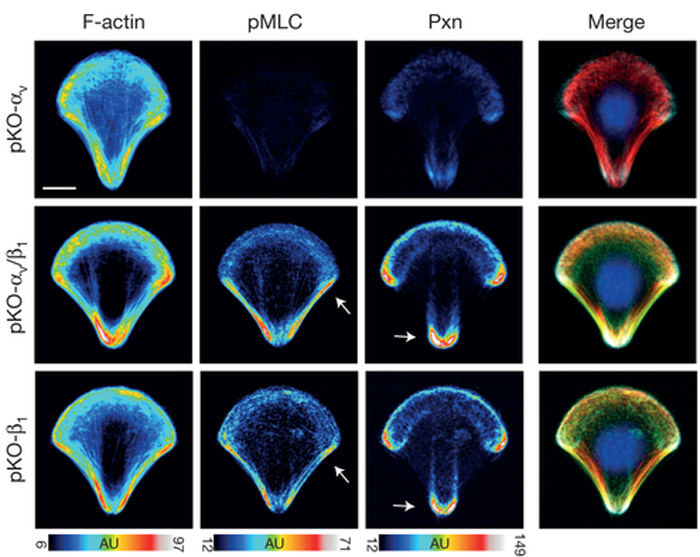I think I speak for many when I say that dinosaurs were the first objects of our life-long science obsessions. Their size, history, and ferocious good looks fascinate even the youngest preschoolers. Although my obsession turned to microscopic things, some folks remained true to their love of dinosaurs and history. Today’s image is a treat, and a great example of how the basic questions in developmental biology know no timeline.
The study of dinosaur embryos at the cellular levels helps scientists understand the growth patterns of dinosaurs. Despite this, little is known about dinosaur embryos, as they are rare and typically still inside of their eggshells. A recently discovered dinosaur embryo bone bed in China is the oldest dinosaur embryo find in fossil record, from the Lower Jurassic about 190-200 million years ago. These embryos represent several different nests, and are at different developmental stages. In addition, these embryos are likely that of a
Lufengosaurus, from the sauropodomorph clade of dinosaurs known for long necks and gigantism. Because of the variation of age of these found embryos, Reisz and colleagues were able to track development through several different stages, including very early embryonic stages. In the images above, thin sections from three different femur (thigh) bone samples (of 24 discovered total) show changes in the bone tissue formation as the embryos age from youngest (left) or oldest (right). Two different regions of the femora are shown for each sample (top and bottom).
BONUS! More thin sections are shown below.
 Reisz, R., Huang, T., Roberts, E., Peng, S., Sullivan, C., Stein, K., LeBlanc, A., Shieh, D., Chang, R., Chiang, C., Yang, C., & Zhong, S. (2013). Embryology of Early Jurassic dinosaur from China with evidence of preserved organic remains Nature, 496 (7444), 210-214 DOI: 10.1038/nature11978
Adapted by permission from Macmillan Publishers Ltd, copyright ©2013
Reisz, R., Huang, T., Roberts, E., Peng, S., Sullivan, C., Stein, K., LeBlanc, A., Shieh, D., Chang, R., Chiang, C., Yang, C., & Zhong, S. (2013). Embryology of Early Jurassic dinosaur from China with evidence of preserved organic remains Nature, 496 (7444), 210-214 DOI: 10.1038/nature11978
Adapted by permission from Macmillan Publishers Ltd, copyright ©2013















.jpg)






